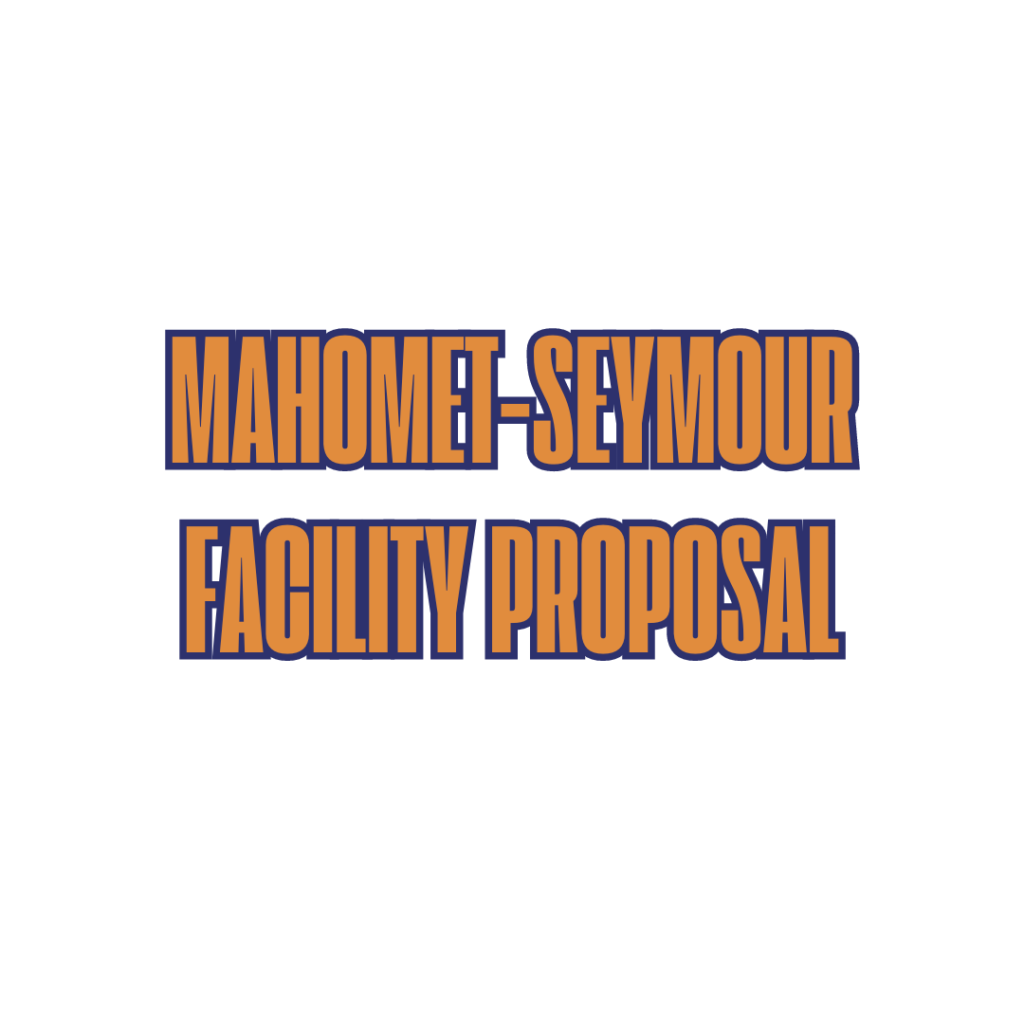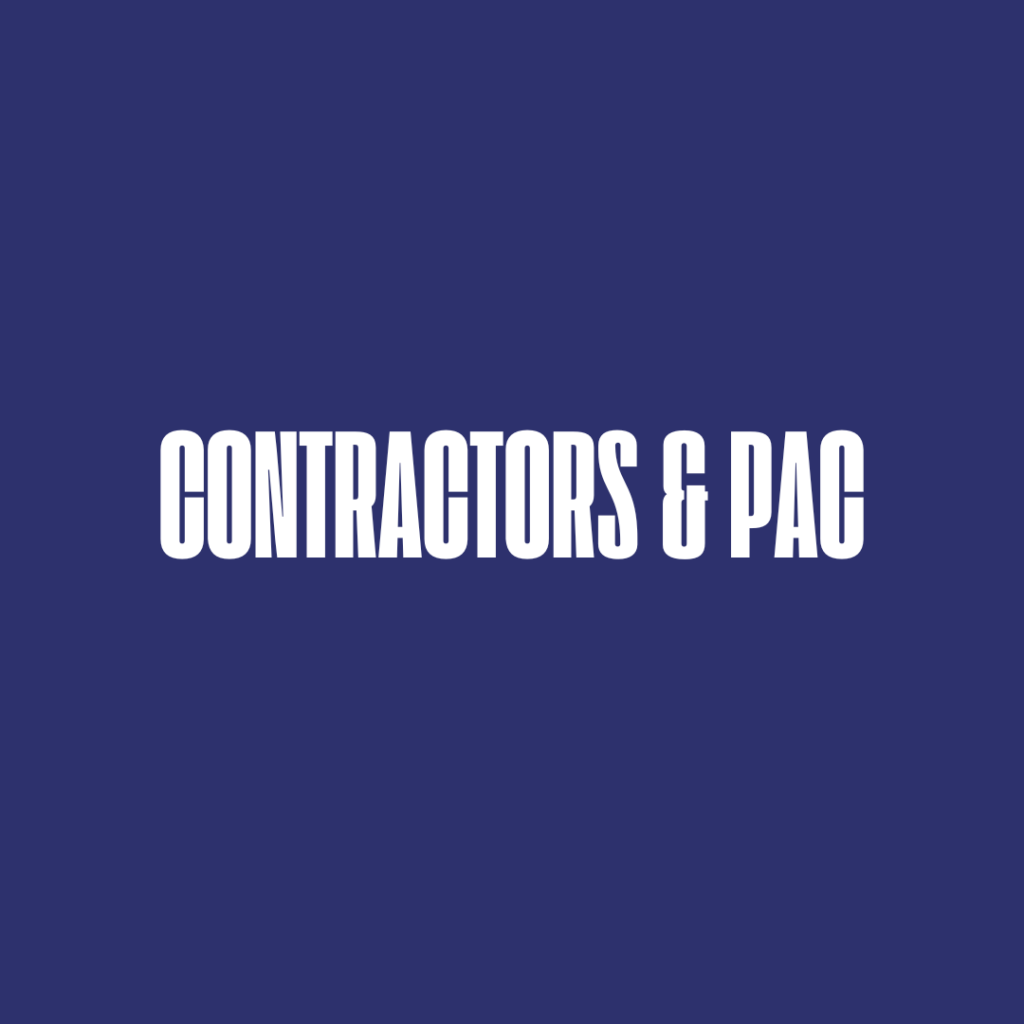
Here are the top points from the article:
- Monthly Tax Increase: The proposed $112.8 million referendum would cost homeowners $22 per month per $100,000 of home value, with the average homeowner in the district ($314,810) seeing a $66 monthly increase.
- Annual Tax Burden: Homeowners with an average home market value of $314,810 would pay an annual payment of nearly $960 more in property taxes for the first year of the 20-year period, adding an additional $28,208 in property taxes paid to the Mahomet-Seymour School District when accounting for typical growth in assessed value over the referendum’s 20-year span. In total, the average homeowner would pay a total of $164,367 to the Mahomet-Seymour School District in that 20-year period.
- Tax Rate Projections: The district proposed tax rate is 5.5938% or an additional $.96 per $100 home market value. The district’s current rate is 4.6338%. District officials plan to borrow $112.8 million, then use available sales tax dollars to decrease the amount property owners pay by $40 million. The board has not discussed or voted on this yet.
- Construction Plans: The referendum funds would be used for major construction, including a new second and third-grade school, a two-story junior high, and new track and soccer facilities.
- Capacity Concerns: The district projects capacity will be reached in 10 years, though the data suggests that the schools could reach full capacity sooner than planned.
- Comparing Property Taxes: Mahomet-Seymour homeowners pay more in taxes than those in districts with higher rates, such as Rantoul, which has the highest tax rate, due to higher home values.
- Champaign County Context: The $112.8 million referendum is one of the largest in Champaign County’s history, second only to the larger $183.4 million Unit 4 referendum passed in 2016.
For many families in the Mahomet-Seymour School District, the proposed $112.8 million referendum feels like a manageable cost when broken down into smaller increments—$22 a month for every $100,000 in home market value. But as residents begin to calculate the true impact, they realize the financial commitment extends far beyond skipping a few lattes each month.
Take, for example, the average home market value in the district, which currently stands at $314,810, according to Zillow. For those homeowners, the monthly increase would be closer to $66, translating to nearly $960 more in property taxes in just the first year. As home values increase, that amount will likely grow. Over the course of the referendum’s 20-year span, when accounting for typical growth in assessed value, that adds up to an additional $28,208—a sum that may force some families to rethink their comforts or even rearrange their household budgets.
The Proposal Behind the Numbers
Over the course of the last few months, two tax increase rates have been presented to the Mahomet-Seymour community. The Mahomet-Seymour School District projects a 5.5938% property tax rate, translating to an additional $0.96 per $100 of assessed value. However, during a joint meeting with the Village of Mahomet in August, another model proposed a significantly higher 5.9238 percent tax rate—neither of which was disputed by board members.
Currently, the tax rate of the Mahomet-Seymour School District is 4.6338 percent.
The proposed tax increase is contingent upon the district issuing bonds for the full $112.8 million, then using $40 million in sales tax revenue to reduce the property tax burden to a $72.8 million level. Currently, this is how the Mahomet-Seymour School District makes payments on Middletown Prairie Elementary; the board votes to use sales tax dollars each year to pay down the debt. District officials say the board of education has committed to this approach, although the board has neither discussed or voted on this.
Should the referendum pass, the funds would cover a significant construction project across the district. This includes building a new second and third-grade school, a two-story junior high, tearing down the existing junior high, and building new track and soccer facilities. With plans to accommodate 300 students per grade, district officials project capacity will be reached within the next 10 years and max capacity in 2045, one year after the referendum ends. When analyzing district-provided data, these projections may fall short, though.
In Illinois, school districts have to ask taxpayers for taxpayer approval for a new building or buildings, even if they already have the funds available to them.
A Look at Property Taxes with the Proposed Increase
For years, the Mahomet-Seymour School District has said the property tax rate in the district is one of the lowest in Champaign County. In 2022, the district had the fourth lowest tax rate among 12 school districts. The current Mahomet-Seymour tax rate is 4.6338-percent. But after several district’s dropped their rate last year, Mahomet-Seymour now stands at sixth among 12 school districts in Champaign County.
But rates don’t tell the whole story.
The higher home values in the Mahomet-Seymour School District paint a more complicated picture. While districts like Rantoul currently have the highest tax rate in Champaign County, the median home value in Rantoul is significantly lower, resulting in a smaller tax bill for homeowners. By comparison, a median-valued home in Mahomet-Seymour incurs more than double the tax liability.
For example, Rantoul CSSD 137 and Rantoul THSD 193 have a combined tax rate of 6.5665-percent but the average assessed value (about one-third of market value) of a home in Rantoul is $36,509 in comparison to a home in Mahomet-Seymour which is assessed at $96,619.
This means that a homeowner with an average-valued home in Rantoul pays $2,003 to their school district each year and an average-valued homeowner in Mahomet-Seymour pays $4199 to their school district each year.
Should Mahomet-Seymour taxpayers approve the $112.8 million referendum, Mahomet-Seymour’s tax rate will go up to 5.5938-percent, the third highest in Champaign County.
This means that while the median homeowner in Rantoul pays a 6.5665-percent rate at $2003 to the Rantoul School District each year, the Mahomet-Seymour property owner would pay a 5.5938-percent rate, sending $5069 to the district each year.
Looking 20 Years Ahead
It’s true that the referendum increase would only cost each residential property owner $22 per month per $100,000 of property market value. But, the reality is that the vast majority of homes within the Mahomet-Seymour School District cost more than $100,000.
The average home value in the Mahomet-Seymour School District is $314,810 (Zillow) reflecting a 2.4% increase from 2023. For a homeowner with a $300,000 home, this translates to a $66 per month increase, or $792 more per year in property taxes. However, this estimate doesn’t account for rising home values. Factoring in the county-provided estimate of a 10% increase in assessed value for 2024 and a conservative 2.6% annual increase over the next 20 years, the average homeowner would contribute an additional $28,208 in property taxes to the school district. In total, this homeowner would pay $164,367 to the district over the 20-year period.
The $112.8 million Mahomet-Seymour referendum is the fourth largest ask in Champaign County history. Two Champaign Unit 4 referendums failed in 2014 and 2015 before a $183.4 million passed in 2016. Unit 4’s tax base is much larger than the Mahomet-Seymour School Districts, with the referendum payments being spread over a multi-billion dollar tax base. Mahomet-Seymour’s property tax base is about $39 million.
The $112.8 million referendum offers two new schools in the Mahomet-Seymour district, but the district’s capacity concerns may not be fully resolved. Current plans project that schools will reach capacity within 10 years, well before the 20-year term of the referendum expires. District-provided data over the last 10 years shows the district may reach planned and max capacity sooner than that. With the district planning only modest classroom expansions in both the new elementary and junior high schools, questions remain about whether the proposal will meet long-term growth.
To learn more about the facility proposal, click here.











